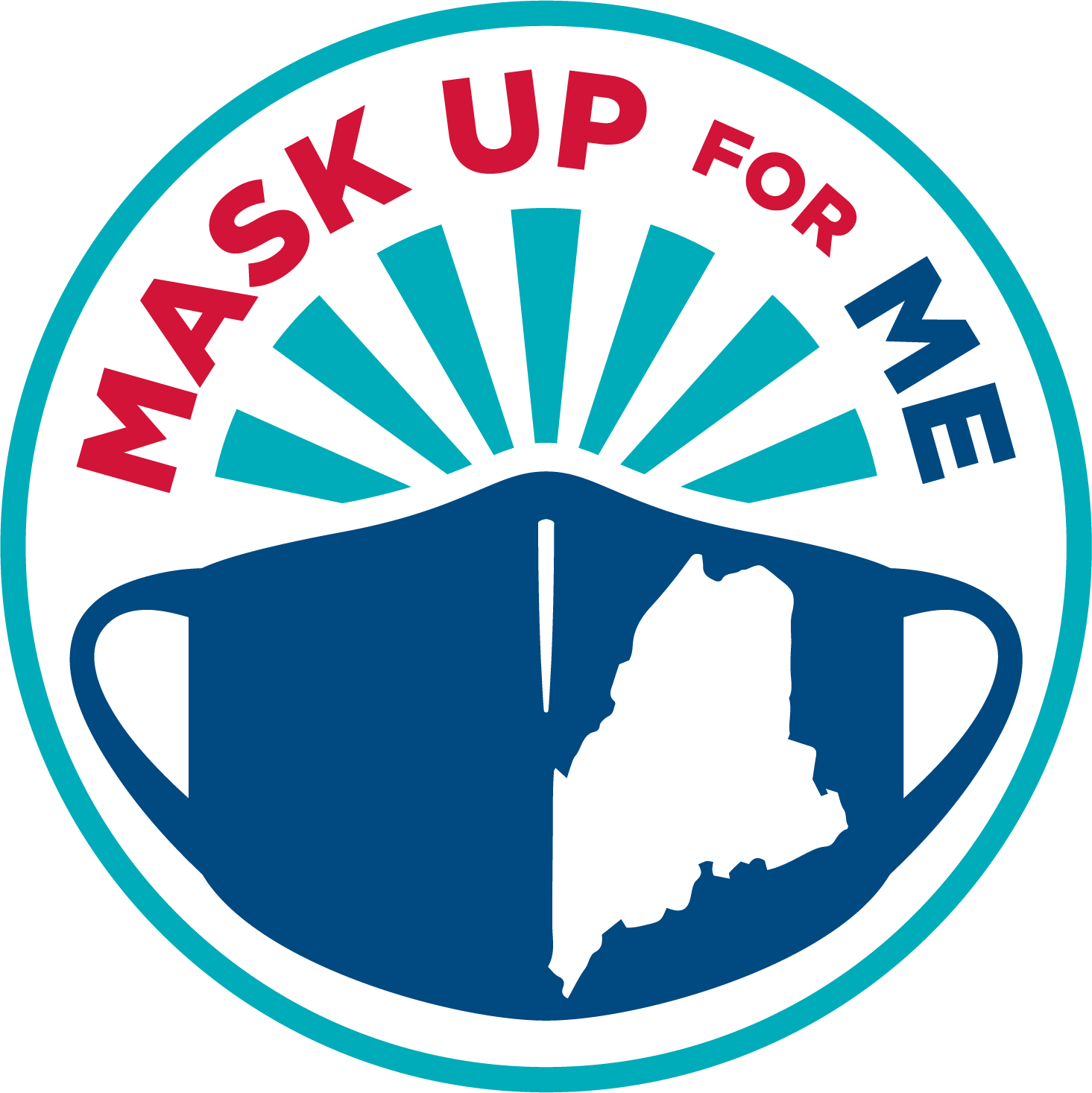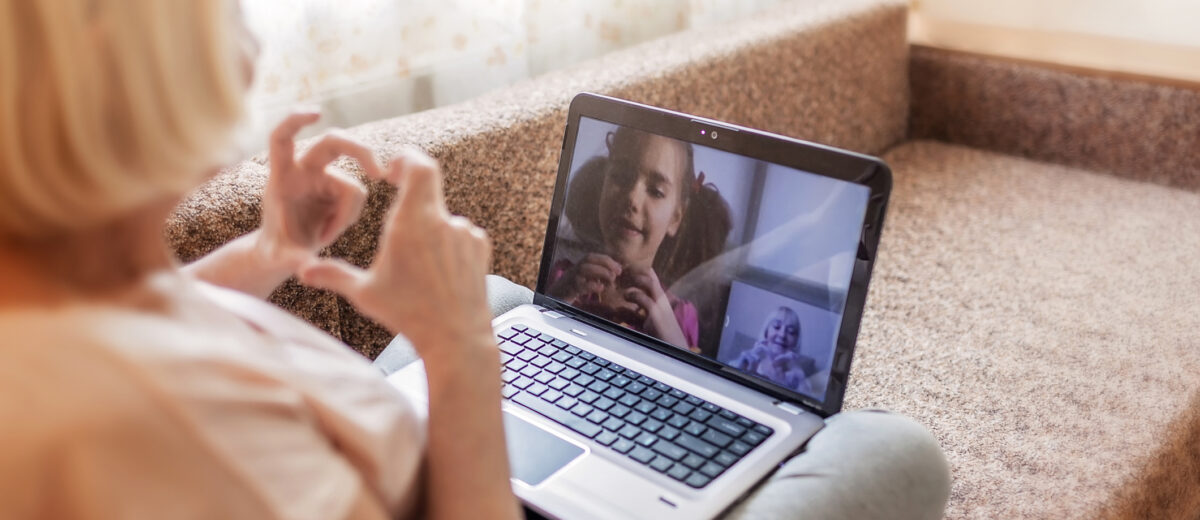COVID-19 Mythbusters: Quarantine vs Isolation
The Community Health Leadership Board is here for myth-busting round 2! With so much uncertainty and confusion surrounding quarantine and isolation associated with COVID-19, we wanted to provide clarity and guidance from professionals you can trust.
Exposure and Close Contact
Exposure occurs when you have close contact with someone infected with COVID-19, increasing your risk of getting infected with the virus.
A close contact occurs when someone was less than six feet away from an infected person for a total of 15 minutes or more over a 24-hour period of time.
If you have had close contact with someone with COVID-19, you do not need to quarantine if: you are five years old or older and have completed ALL recommended vaccine doses, including a booster, or you’ve had COVID-19 in the past three months.
Wear a well-fitting mask around others for ten days from the date of your last close contact with someone with COVID-19. Watch for symptoms for ten days. If you start to feel sick, stay home and away from others (isolate) and test immediately for COVID-19.
Quarantine and Isolation
Quarantine is a strategy used to keep people exposed to COVID-19 apart from others with the hope of mitigating the spread of the virus. If you come into close contact with someone with COVID-19, you should quarantine if you are unvaccinated or not up-to-date on COVID-19 vaccines.
| Quarantine | Testing | Symptoms | Precautions | |
|---|---|---|---|---|
| If you were Exposed to COVID-19 & are NOT up to date on vaccinations | Stay home and quarantine for at least 5 full days. Wear a well-fitted mask if you must be around others in your home. | Get tested. Even if you don’t develop symptoms, get tested at least 5 days after you last had close contact with someone with COVID-19. | Watch for symptoms until 10 days after you last had close contact with someone with COVID-19. If you develop symptoms Isolate immediately and get tested. Continue to stay home until you know the results. Wear a well-fitted mask around others. | Take precautions until day 10. It is best to avoid travel until a full 10 days after you last had close contact with someone with COVID-19. Wear a well-fitted mask for 10 full days any time you are around others inside your home or in public. Do not go to places where you are unable to wear a mask. |
| If you were Exposed to COVID-19 and ARE up to date on vaccinations | No quarantine. You do not need to stay home unless you develop symptoms. | Get tested. Even if you don’t develop symptoms, get tested at least 5 days after you last had close contact with someone with COVID-19. | Watch for symptoms until 10 days after you last had close contact with someone with COVID-19. If you develop symptoms isolate immediately and get tested. Continue to stay home until you know the results. Wear a well-fitted mask around others. | Take precautions until day 10. Wear a well-fitted mask for 10 full days any time you are around others inside your home or in public. Do not go to places where you are unable to wear a mask. Take precautions if traveling. Avoid being around people who are at high risk. |
| If you were Exposed to COVID-19 & you tested positive prior to this exposure. | No quarantine. You do not need to stay home unless you develop symptoms. | Watch for symptoms until 10 days after you last had close contact with someone with COVID-19. If you develop symptoms isolate immediately and get tested. Continue to stay home until you know the results. Wear a well-fitted mask around others. | Take precautions until day 10. Wear a well-fitted mask for 10 full days any time you are around others inside your home or in public. Do not go to places where you are unable to wear a mask. Take precautions if traveling. Avoid being around people who are at high risk. |
Isolate if you are sick or test positive for COVID-19, even if you are asymptomatic. Isolation is suggested, regardless of vaccination status, for five full days, and wear a mask for around others and in public for at least five more days. (Day 0 is the first day symptoms begin to appear or the day of a positive test is received for asymptomatic cases.)
Individuals who are isolating should stay home and separate from others in the household or wear a well-fitting mask when they need to be around other people in the home. Many in isolation designate a sick room or an area of the house away from others. If possible, use a separate bathroom or hand towel.
Remember, if you’re awaiting test results, stay home.
| Isolation | Ending Isolation | Precautions | |
|---|---|---|---|
| If you tested positive for COVID-19 and have symptoms, regardless of vaccination status | Stay home for 5 days and isolate from others in your home. Wear a well-fitted mask if you must be around others in your home. Do not travel. | End isolation after 5 full days if you are fever-free for 24 hours (without the use of fever-reducing medication) and your symptoms are improving. | Take precautions until day 10. Wear a well-fitted mask for 10 full days any time you are around others inside your home or in public. Do not go to places where you are unable to wear a mask. Do not travel until a full 10 days after your symptoms started or the date your positive test was taken if you had no symptoms. Avoid being around people who are at high risk |
| If you tested positive for COVID-19, regardless of vaccination status and you did not have symptoms | Stay home for 5 days and isolate from others in your home. Wear a well-fitted mask if you must be around others in your home. Do not travel. | End isolation after at least 5 full days after your positive test. | Take precautions until day 10. Wear a well-fitted mask for 10 full days any time you are around others inside your home or in public. Do not go to places where you are unable to wear a mask. Do not travel until a full 10 days after your symptoms started or the date your positive test was taken if you had no symptoms. Avoid being around people who are at high risk |
| If you tested positive for COVID-19, regardless of vaccination status, and were severely ill/immunocompromised | You should isolate for at least 10 days. Consult your doctor before ending isolation. | You should isolate for at least 10 days. Consult your doctor before ending isolation. | You should isolate for at least 10 days. Consult your doctor before ending isolation. |
Ending isolation and quarantine depends on a few factors. Do you still have symptoms?
You can end isolation only after five full days have passed; however, If you still have a fever and other symptoms after the five full days are up, continue to isolate until you’re fever-free for 24 hours without the use of fever-reducing medication AND your symptoms have improved.
It is critical to continue to wear a well-fitting mask around others in your home and when out in public. Avoid places where you cannot wear a mask; for example, refrain from eating at restaurants and going to the gym until a full ten days after the start of your first symptoms.
We are here for you!
For up-to-date and accurate information that you can trust, visit these websites Center for Disease Control and Prevention, Maine Center for Disease Control and Prevention, Penobscot Community Health Care, Northern Light Health, and St. Joseph Healthcare.

